Removal Procedure
Caution: Refer to Approved Equipment for Collision Repair Caution in the Preface section.
Caution: Refer to Glass and Sheet Metal Handling Caution in the Preface section.
Caution: Refer to Collision Sectioning Caution in the Preface section.
- Disable the SIR system. Refer to SIR Disabling and Enabling .
- Disconnect the negative battery cable. Refer to Battery Negative Cable Disconnection and Connection .
- Remove all related panels and components.
- Repair as much of the damage as possible to factory specifications. Refer to Dimensions - Body .
- Note the location and remove the sealers and anti-corrosion materials from the repair area, as necessary. Refer to Anti-Corrosion Treatment and Repair .
- Perform additional sectioning procedures as necessary. Refer to the following procedures:
- Cut the panel in the locations where sectioning is to be performed.
- Locate and drill out all factory welds. Note the number and location of the welds for installation of the service part.
- Remove the damaged body side.
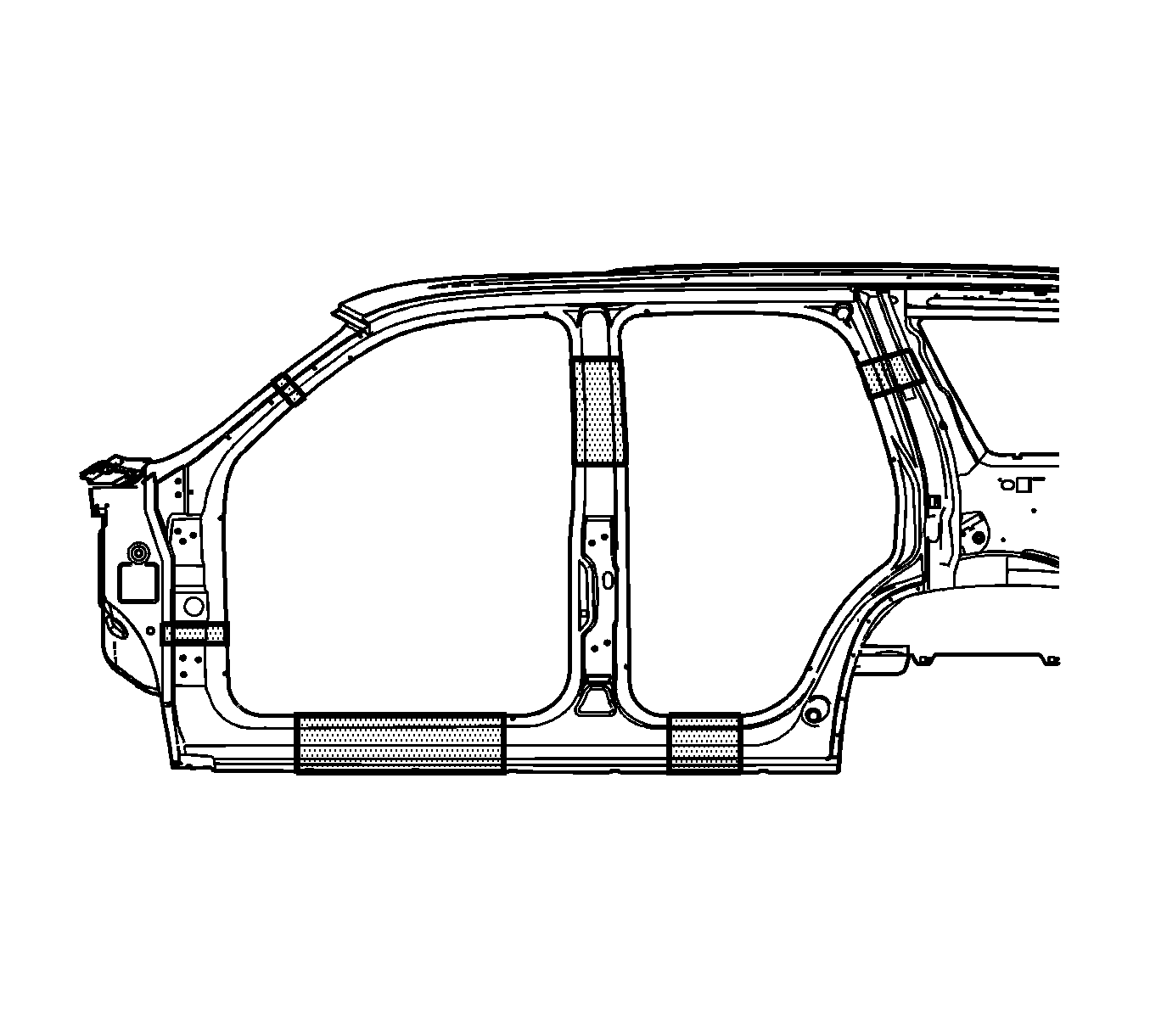
Important: The door frame can be replaced at the factory seams, but requires the removal of the windshield, roof, and quarter panel. The sectioning procedures have been developed as a more cost-effective alternative to complete replacement. The specific area to be sectioned is determined by the extent of the damage to the vehicle.
Caution: Refer to Foam Sound Deadeners Caution in the Preface section.
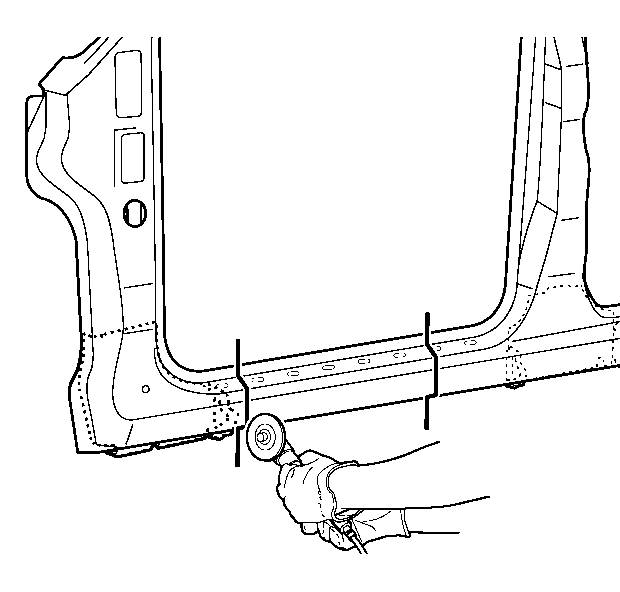
Important: Do not damage any inner panels or reinforcements.
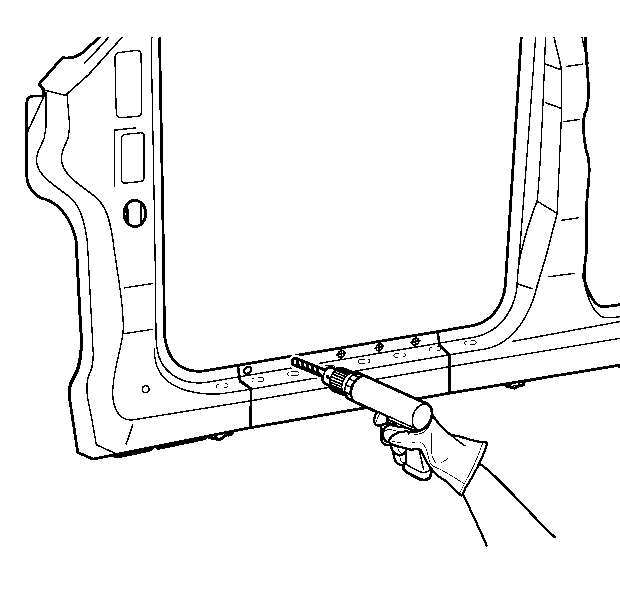
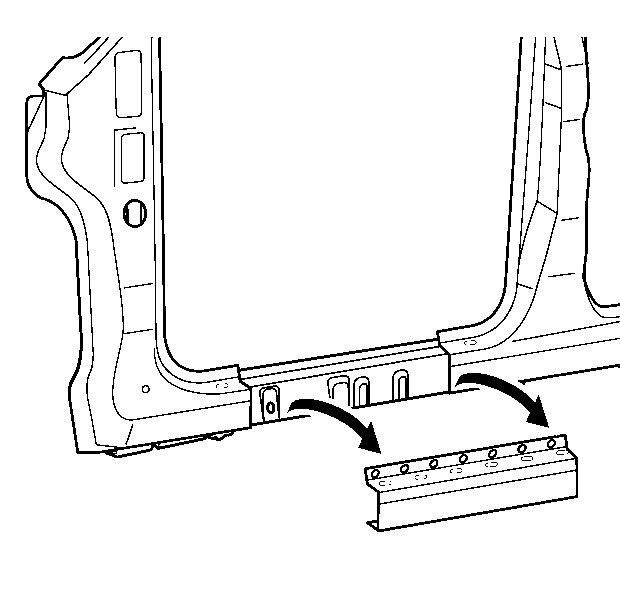
Installation Procedure
- Cut the replacement body side in corresponding locations to fit the remaining original panel. The sectioning joint should be trimmed to allow a gap of 1½ times the metal thickness at the sectioning joint.
- Create a 100 mm (4 in) (a) backing plate from the unused portion of the service part. Trim the backing plate as necessary to fit behind the sectioning joint where there is no reinforcement.
- Drill 8 mm (5/16 in) plug weld holes along the sectioning cut on the remaining original part. Locate these holes approximately 25 mm (1 in) from the edge and spaced 40 mm (1 ½ in) apart.
- Drill 8 mm (5/16 in) plug weld holes in the service part as necessary in the locations noted from the original panel and along the sectioning cut.
- Prepare all attachment surfaces as necessary.
- Apply GM-approved Weld-Thru Coating or equivalent to all mating surfaces. Refer to Anti-Corrosion Treatment and Repair .
- Fit the backing plate halfway into the sectioning joint, clamp and plug weld to the vehicle.
- Position the body side to the vehicle using 3-dimensional measuring equipment. Clamp in place.
- Clean and prepare all welded surfaces.
- Apply the sealers and anti-corrosion materials to the repair area, as necessary. Refer to Anti-Corrosion Treatment and Repair .
- Paint the repair area. Refer to Basecoat/Clearcoat Paint Systems .
- Install all related panels and components.
- Connect the negative battery cable. Refer to Battery Negative Cable Disconnection and Connection .
- Enable the SIR system. Refer to SIR Disabling and Enabling .
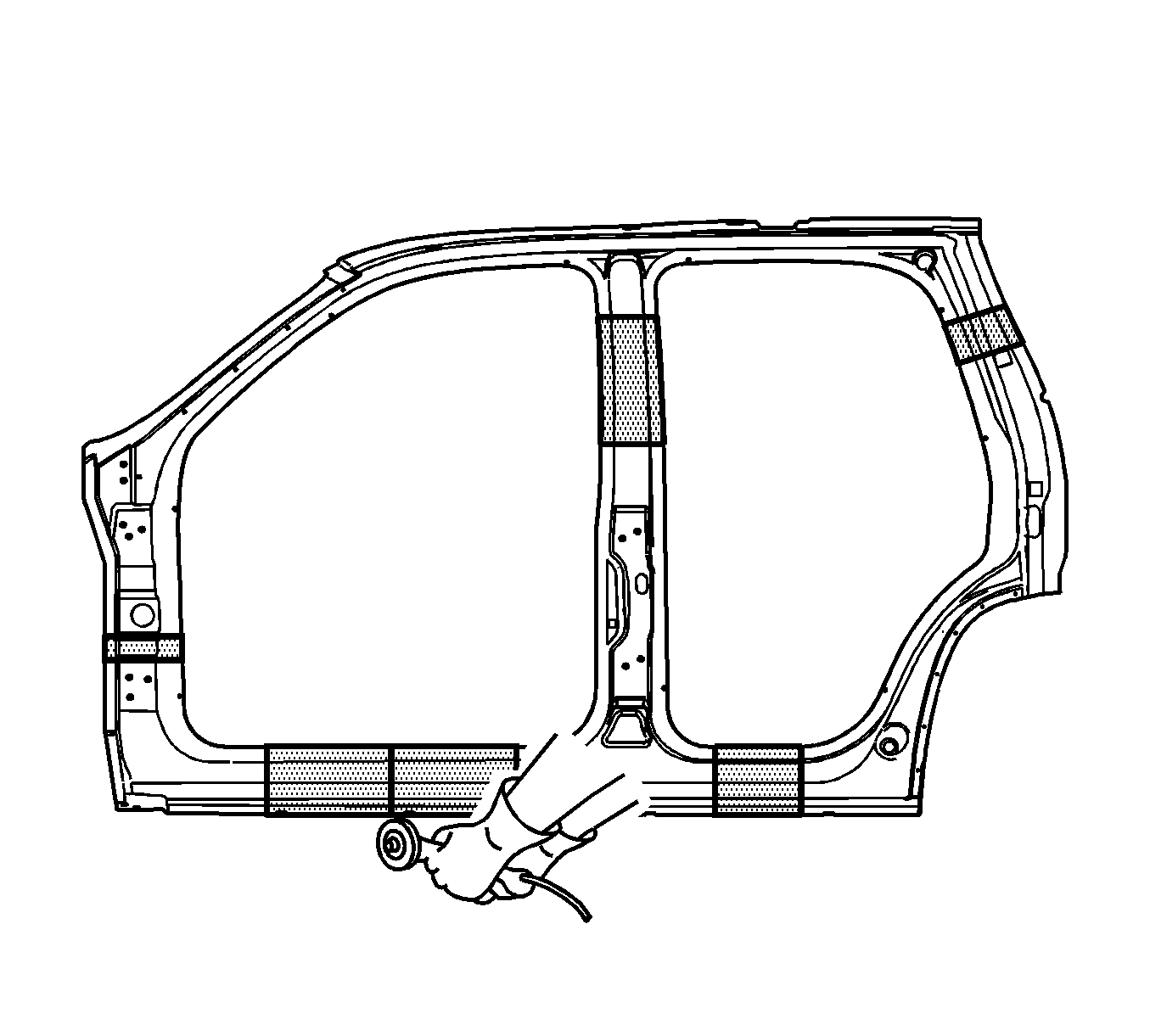
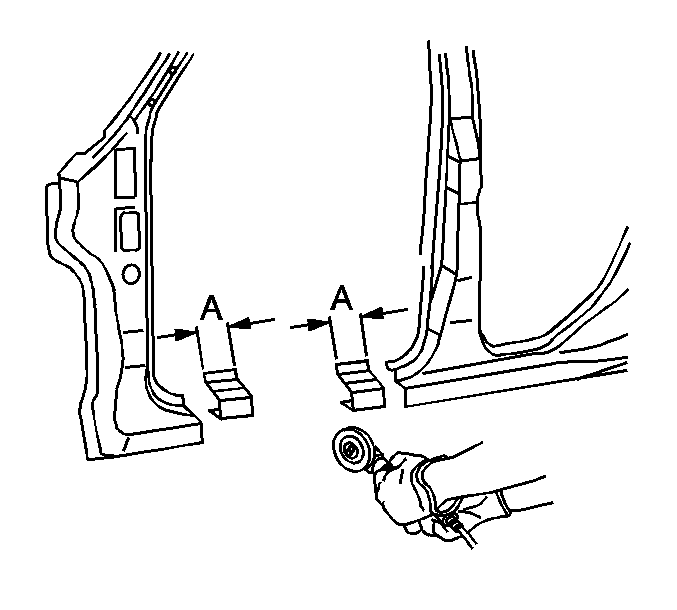

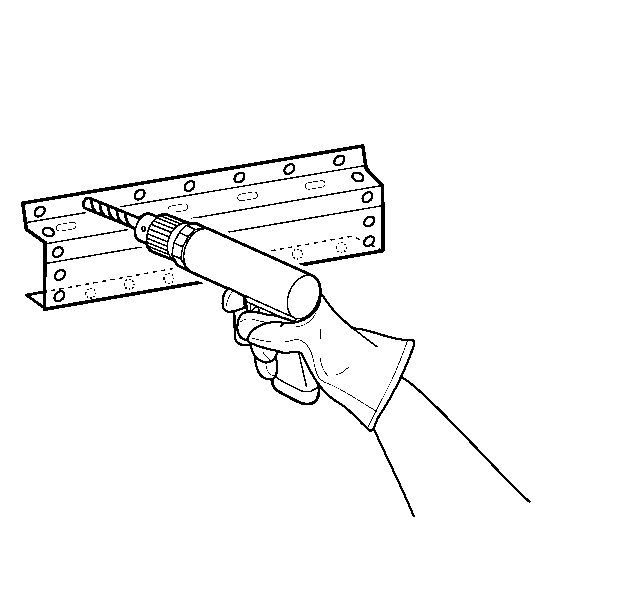
Important: If the location of the original plug weld holes can not be determined, or if structural weld-thru adhesive was present, space the plug weld holes every 40 mm (1 1/2 in) apart.
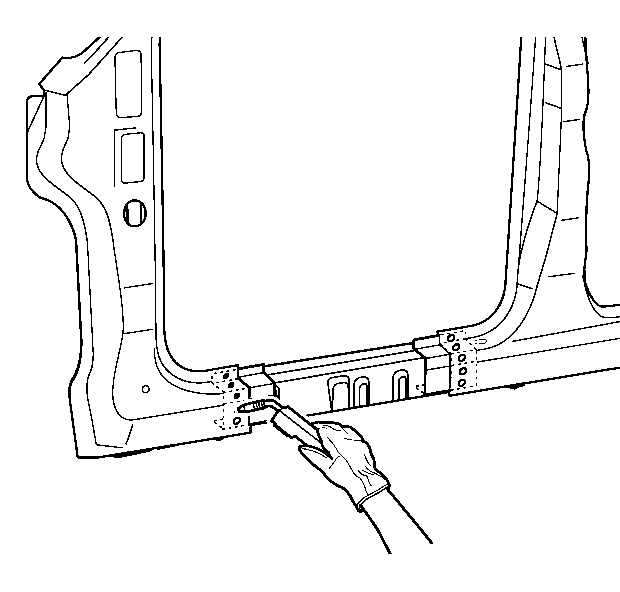
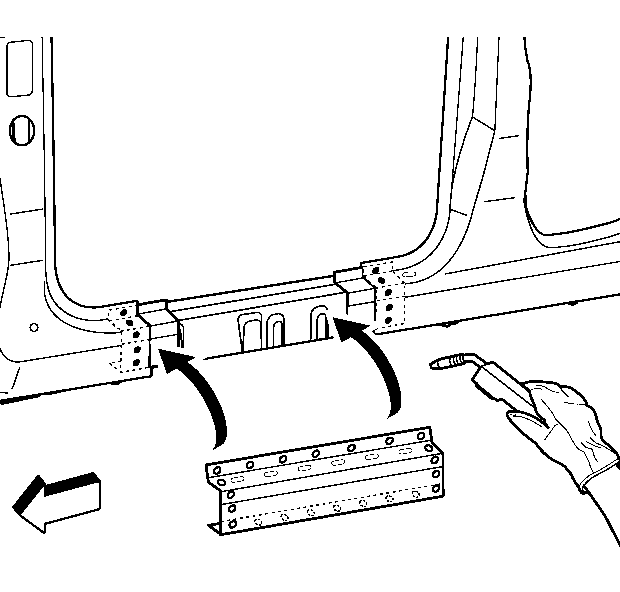
Important: To create a solid weld with minimum heat distortion, make 25 mm (1 in) stitch welds along the seam with 25 mm (1 in) gaps between them. Complete the stitch weld.
